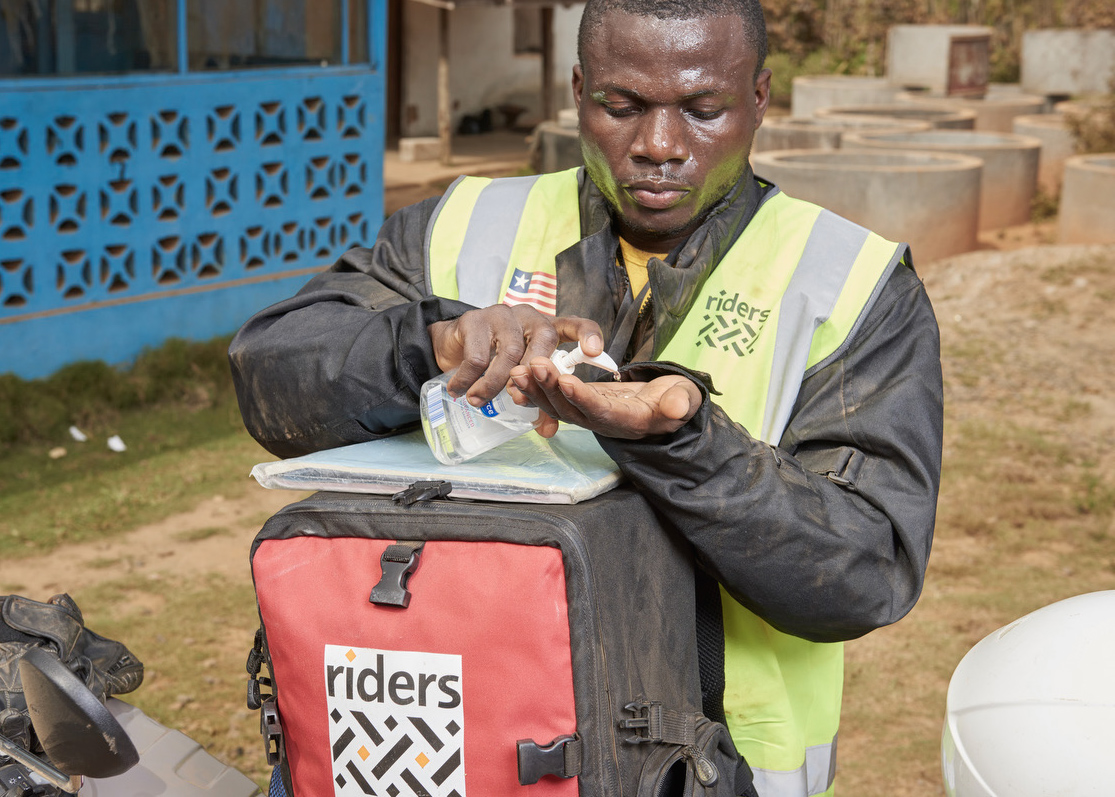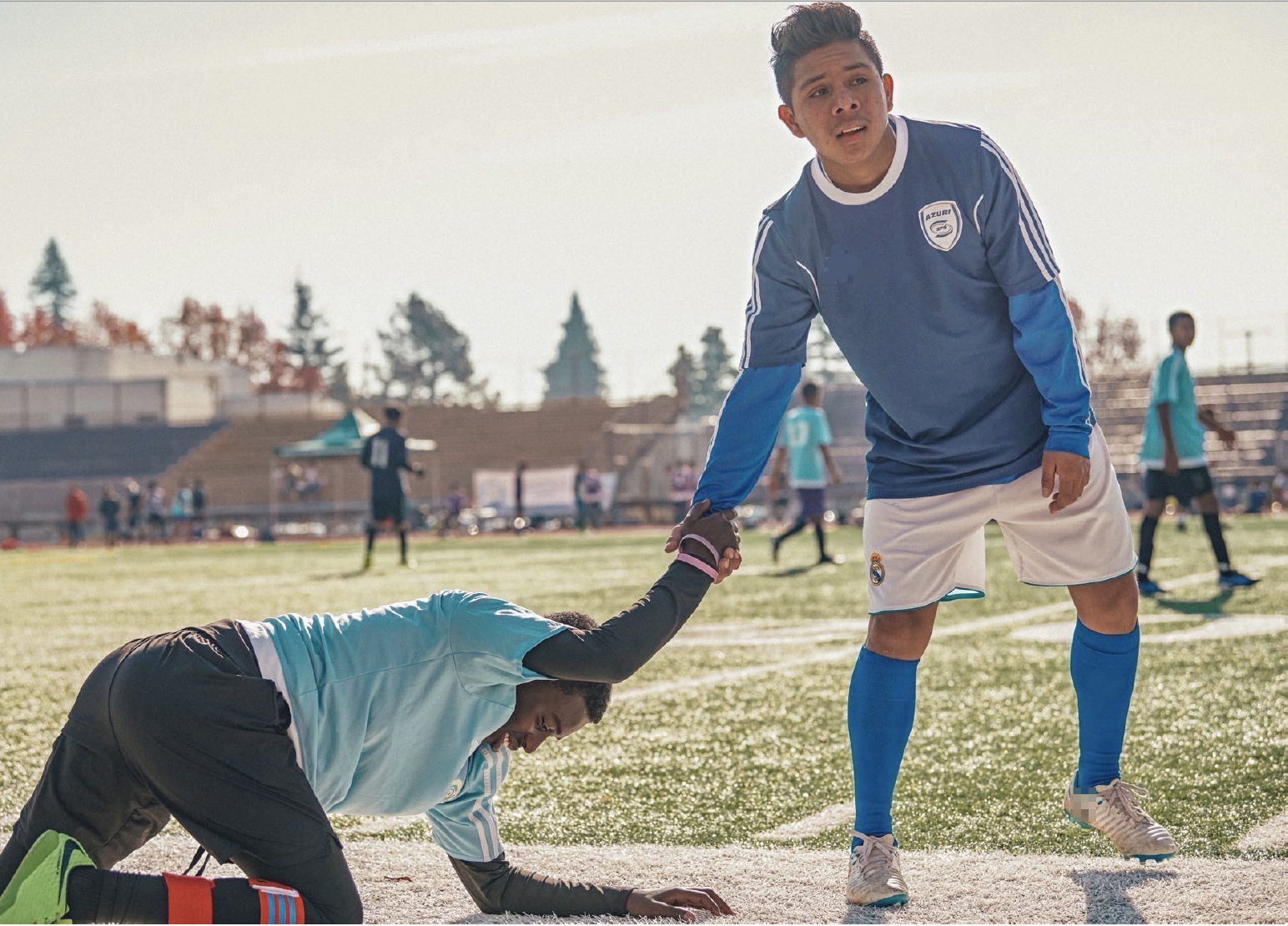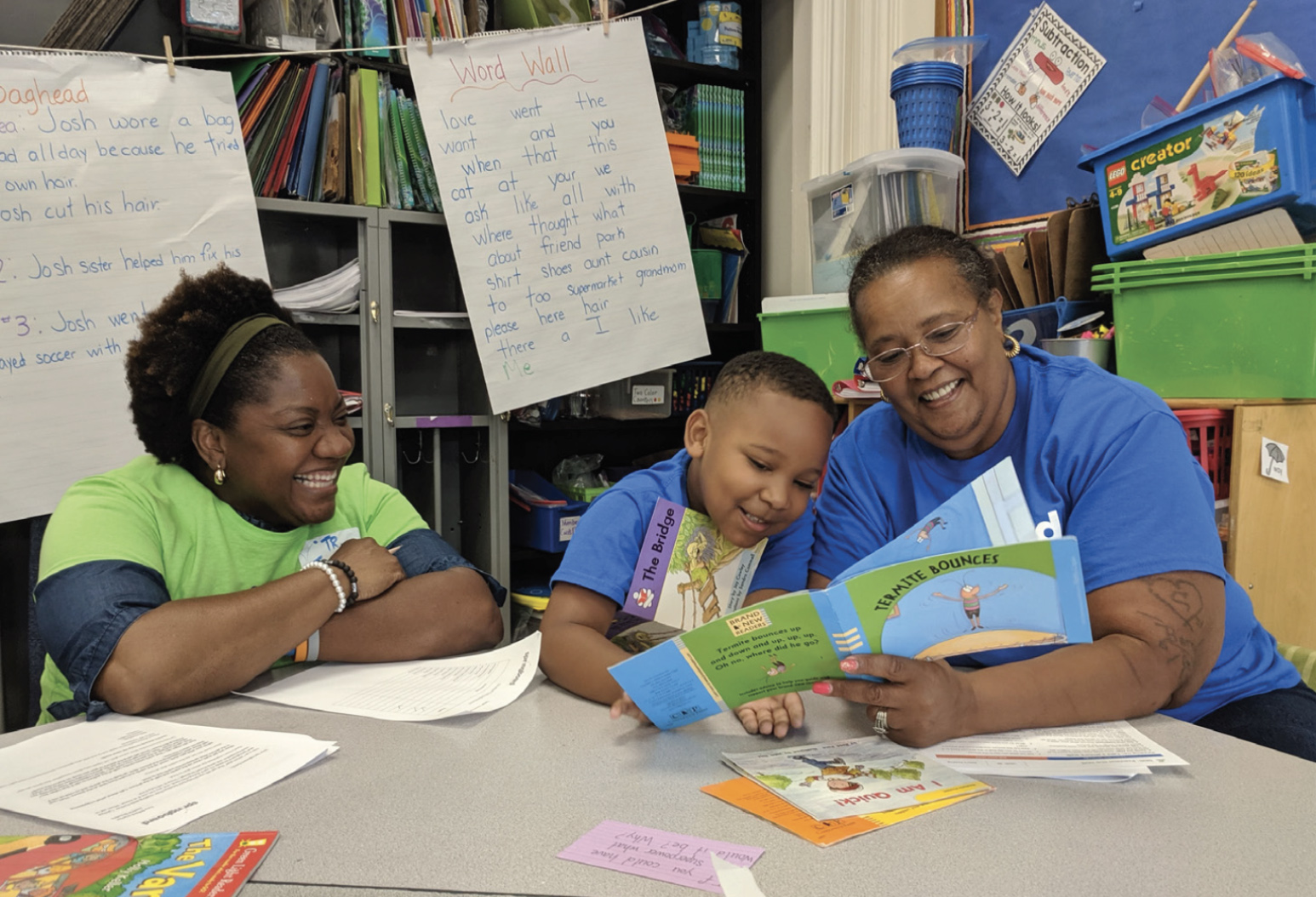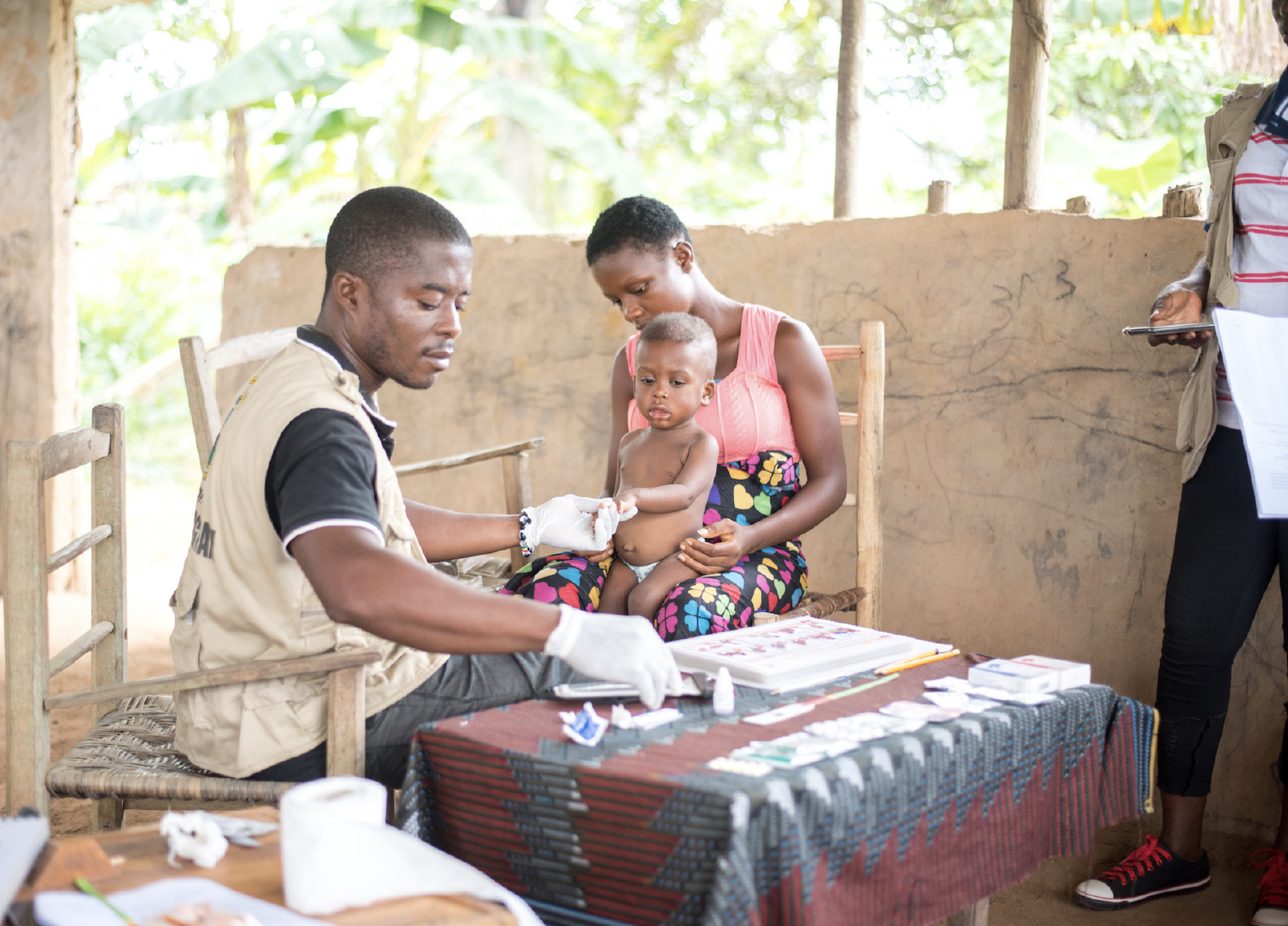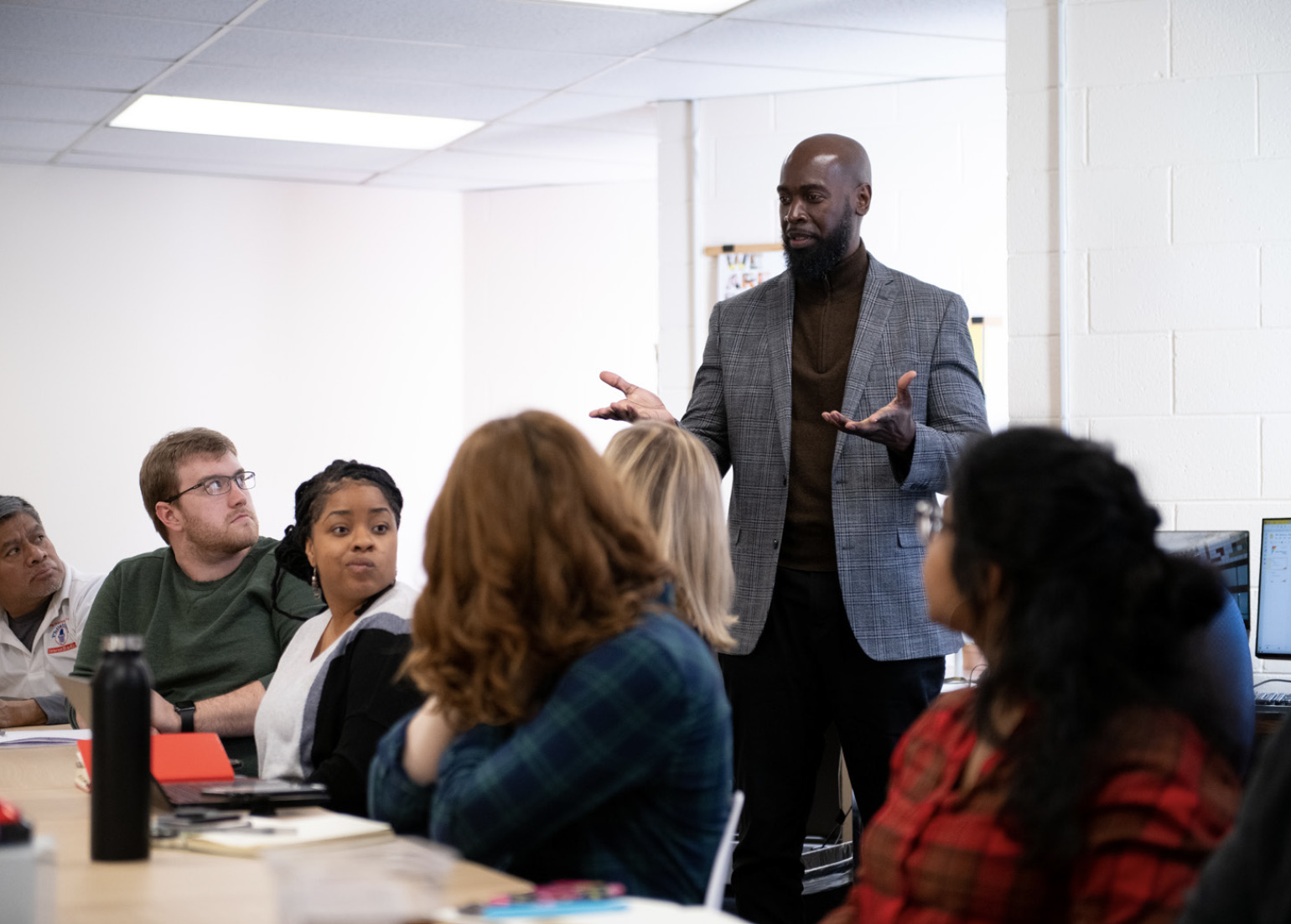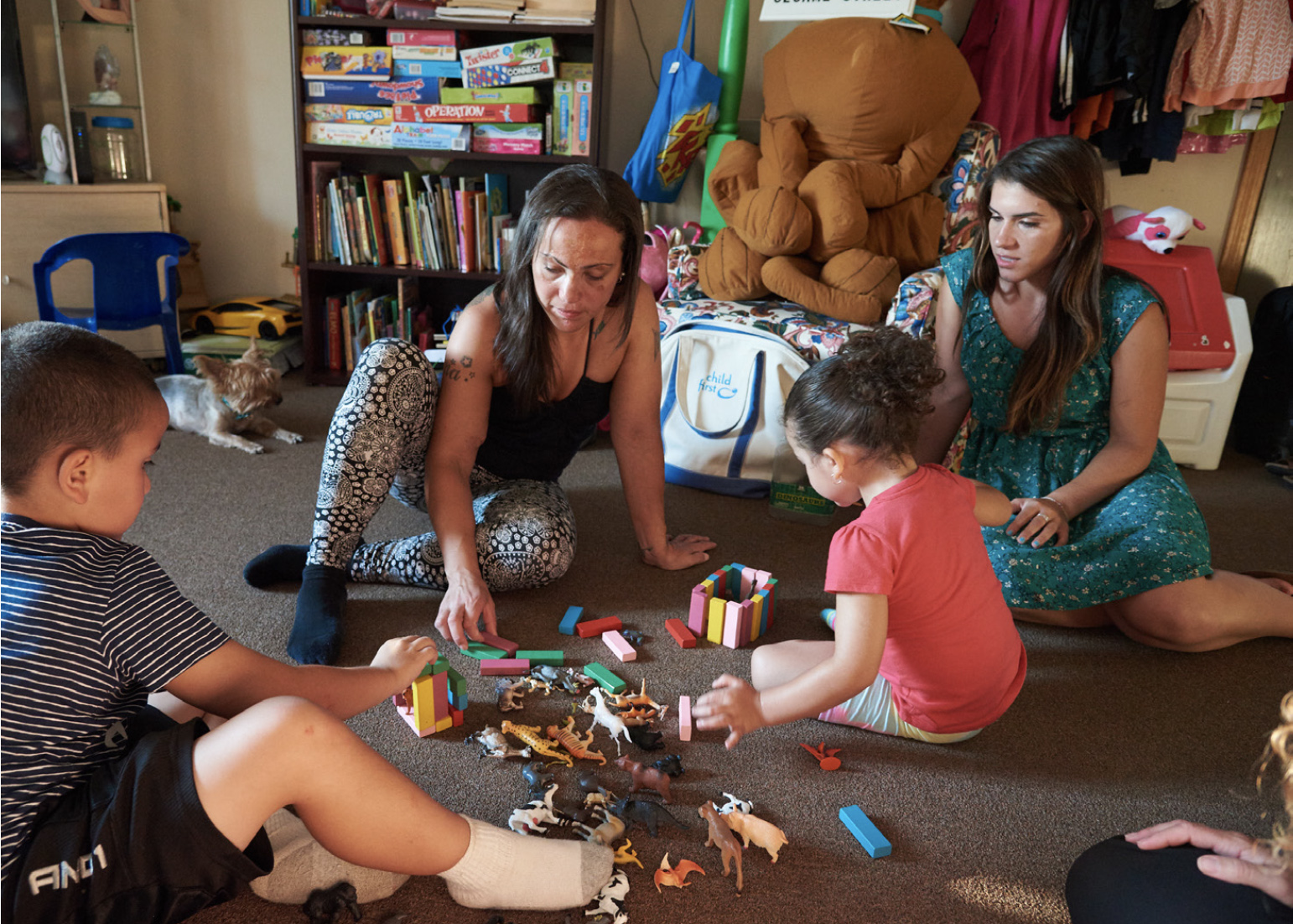The COVID-19 pandemic has disrupted the education of students across the country and exacerbated underlying inequities in resource allocation and gaps in academic performance. Kindergarten and Grade 1 students in particular are experiencing significant declines in reading performance. Around 47% of Kindergarten students scored “well-below” the benchmark– the lowest category– in the 2020-2021 school year. This is a significant increase from the 2019-2020 school year in which only 28% of Kindergarten students achieved well-below the benchmark. Similarly, a larger percentage of Grade 1 students are at risk for not learning to read, with 43% accomplishing the lowest category in early literacy assessments (Amplify, 2021). Learning disruption affected all student groups across every grade-level during the pandemic, but it has disproportionately impacted Black and Hispanic students.
The COVID-19 pandemic has disrupted the education of students across the country and exacerbated underlying inequities in resource allocation and gaps in academic performance. Kindergarten and Grade 1 students in particular are experiencing significant declines in reading performance. Around 47% of Kindergarten students scored “well-below” the benchmark– the lowest category– in the 2020-2021 school year. This is a significant increase from the 2019-2020 school year in which only 28% of Kindergarten students achieved well-below the benchmark. Similarly, a larger percentage of Grade 1 students are at risk for not learning to read, with 43% accomplishing the lowest category in early literacy assessments (Amplify, 2021). Learning disruption affected all student groups across every grade-level during the pandemic, but it has disproportionately impacted Black and Hispanic students.
The COVID-19 pandemic has disrupted the education of students across the country and exacerbated underlying inequities in resource allocation and gaps in academic performance. Kindergarten and Grade 1 students in particular are experiencing significant declines in reading performance. Around 47% of Kindergarten students scored “well-below” the benchmark– the lowest category– in the 2020-2021 school year. This is a significant increase from the 2019-2020 school year in which only 28% of Kindergarten students achieved well-below the benchmark. Similarly, a larger percentage of Grade 1 students are at risk for not learning to read, with 43% accomplishing the lowest category in early literacy assessments (Amplify, 2021). Learning disruption affected all student groups across every grade-level during the pandemic, but it has disproportionately impacted Black and Hispanic students.
Strategies to Address Needs and Nonprofits Implementing Them
The COVID-19 pandemic has disrupted the education of students across the country and exacerbated underlying inequities in resource allocation and gaps in academic performance.
Providing Additional Learning Opportunities
Within K-12 schooling, one of the most common indicators of learning recovery is academic achievement, which typically is measured by standardized test scores. Performance in standardized testing– which primarily measures reading and math skills– is often leveraged to quantify gaps in educational achievement. These gaps in achievement are rooted in opportunity gaps, or disparities in experiences and access to education among different student groups (Quam, 2016). While resource disparities and educational inequities have been present for years prior to the pandemic, COVID-19 exacerbated existing inequities. To improve student academic outcomes, disparities in resources need to be bridged.
Within K-12 schooling, one of the most common indicators of learning recovery is academic achievement, which typically is measured by standardized test scores. Performance in standardized testing– which primarily measures reading and math skills– is often leveraged to quantify gaps in educational achievement. These gaps in achievement are rooted in opportunity gaps, or disparities in experiences and access to education among different student groups (Quam, 2016). While resource disparities and educational inequities have been present for years prior to the pandemic, COVID-19 exacerbated existing inequities. To improve student academic outcomes, disparities in resources need to be bridged.
Providing Wraparound Community and Family Supports
Bridging gaps in opportunity and achievement requires a multifaceted approach that tackles the in-school and out-of-school factors that influence student outcomes. Implementing models of socioeconomic and health wrap-around services to children and their families addresses structural, root causes of disparities in access to educational opportunities and academic achievement.
Bridging gaps in opportunity and achievement requires a multifaceted approach that tackles the in-school and out-of-school factors that influence student outcomes. Implementing models of socioeconomic and health wrap-around services to children and their families addresses structural, root causes of disparities in access to educational opportunities and academic achievement.
Bridging gaps in opportunity and achievement requires a multifaceted approach that tackles the in-school and out-of-school factors that influence student outcomes. Implementing models of socioeconomic and health wrap-around services to children and their families addresses structural, root causes of disparities in access to educational opportunities and academic achievement.
Nonprofits Making a Difference
Boost Social Emotional Learning (SEL)
While academic gains are important, so are SEL “soft skills”. Studies have found that student participation in social-emotional learning programs is correlated with improved student behavior, safer schools, and improved achievement. Additionally, building safe and nurturing learning environments for children disproportionately benefits low-income children who experience trauma due to housing, food, and health care insecurity. Promoting social emotional learning therefore advances equity within schools and the classroom (The Aspen Institute, 2018).
While academic gains are important, so are SEL “soft skills”. Studies have found that student participation in social-emotional learning programs is correlated with improved student behavior, safer schools, and improved achievement. Additionally, building safe and nurturing learning environments for children disproportionately benefits low-income children who experience trauma due to housing, food, and health care insecurity. Promoting social emotional learning therefore advances equity within schools and the classroom (The Aspen Institute, 2018).
Nonprofits Making a Difference
Giving During COVID
The effects of COVID-19 made 2020 a year like no other, prompting all donors—whether they had $5 or a billion dollars—to ask, “How Can I Help?” Timely, accurate information is central to making any good decision, but can be particularly difficult to access in times of crisis. Here are more tips and resources.
More CHIP Guidance
Starting in March 2020, CHIP’s work has been focused on high impact philanthropy in the age of COVID-19. CHIP has launched multiple efforts to provide actionable guidance for the current pandemic.

